
Marie-Antoinette, the last Queen of France before the French Revolution, faced trial and execution after being accused of various crimes—most of which were unfounded. Though she was vilified during the Revolution and became a symbol of royal excess, history has since cast her in a different light. Over the past 50 years, Marie-Antoinette has transcended her controversial legacy to become a cultural icon, celebrated in art, fashion, and pop culture. Films like Marie Antoinette by Sofia Coppola have reimagined her story, transforming her into a figure of fascination and modern-day myth.
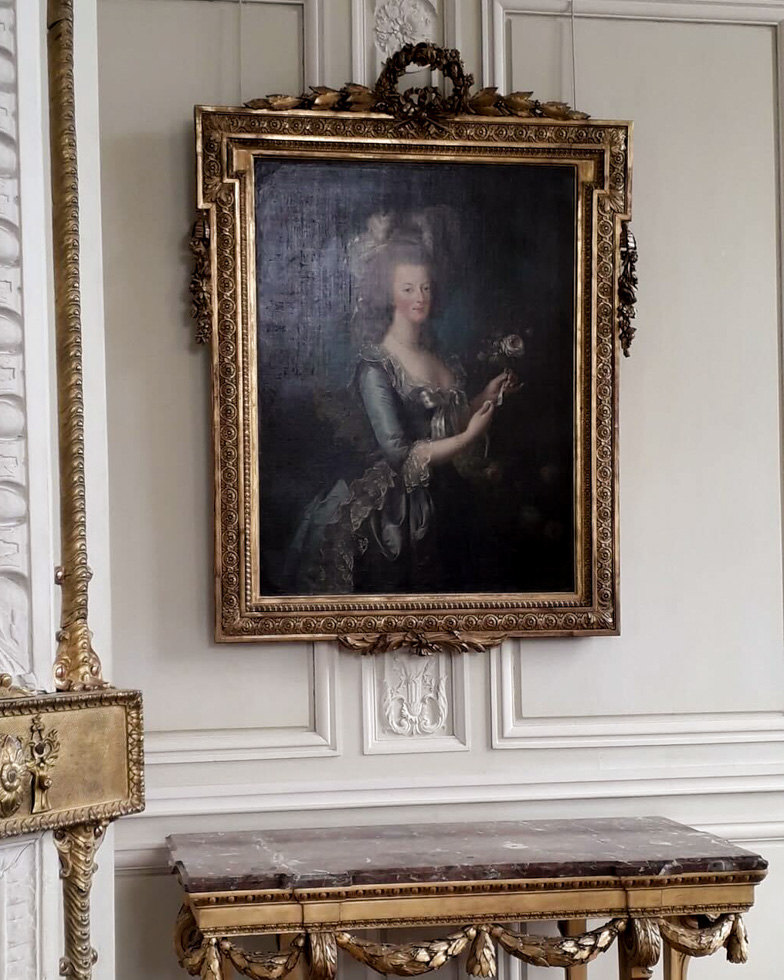
Although born an Austrian princess, Marie-Antoinette spent most of her life in France after marrying King Louis XVI in 1770 at the young age of 14. Her legacy is still etched into the landscape of the Paris region, where many sites bear traces of her influence and presence. In this article, we’ll take you on a journey to explore several iconic places linked to Marie-Antoinette’s fascinating story.
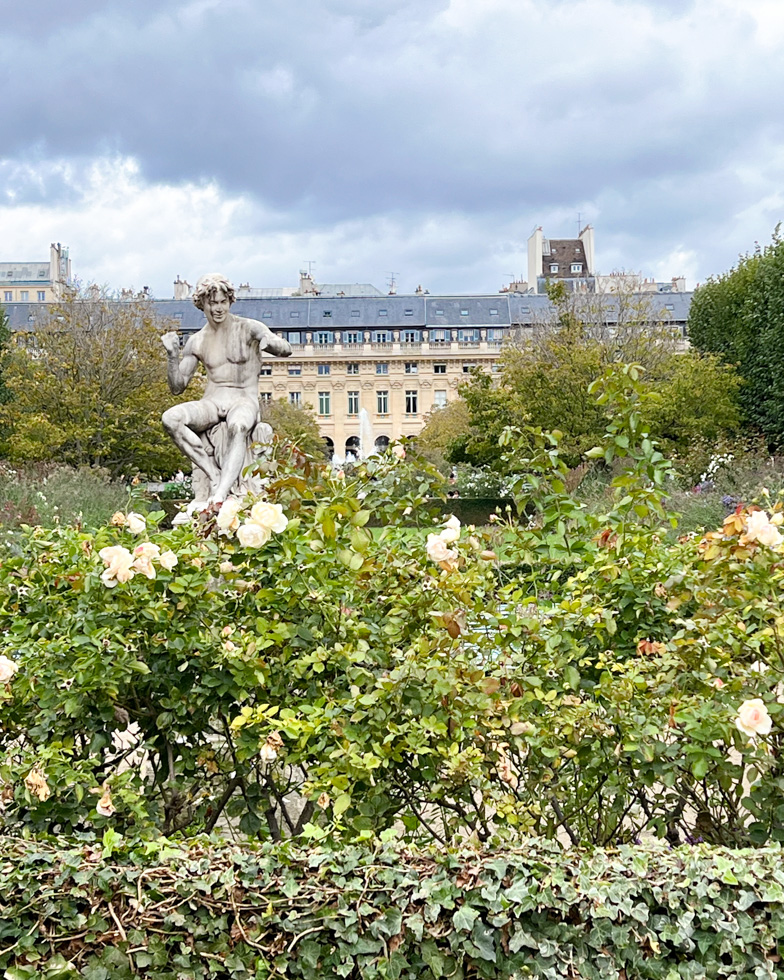
Before the French Revolution, the royal family primarily resided at Versailles. However, between 1789 and 1792, they were relocated to the Tuileries Palace, a grand structure that was part of the Louvre complex. This palace, situated where the Jardin des Tuileries now stands, was later destroyed during the 1871 Revolution. The Louvre itself, where the royal family occasionally stayed during visits to Paris prior to the Revolution, now houses several portraits of Marie-Antoinette.
Address: Musée du Louvre, Rue de Rivoli
Transport: Metro line 7 (Palais Royal - Musée du Louvre Station), Metro line 1 (Tuileries Station)
Opening hours: Wednesday - Monday, 9a.m - 6p.m
.jpg)
Listed as a UNESCO World Heritage Site, the Conciergerie is one of the oldest remnants of the Palais de la Cité, the residence and seat of power for the kings of France during the Middle Ages. Converted into a prison in the 14th century, it became the final holding place of Marie Antoinette in August 1793, before her execution in October of the same year. A commemorative chapel now stands on the site of her cell, displaying several of Marie Antoinette’s personal belongings and letters. The Conciergerie also hosts numerous temporary exhibitions related to the Queen, offering a deeper glimpse into her life and legacy.
.jpg)
Address: La Conciergerie, 2 Boulevard du Palais
Transport: Metro line 4 (Cité Station), Metro line 1 and 11 (Hôtel de Ville station)
Opening hours: Every day from 9:30a.m to 6.30 p.m
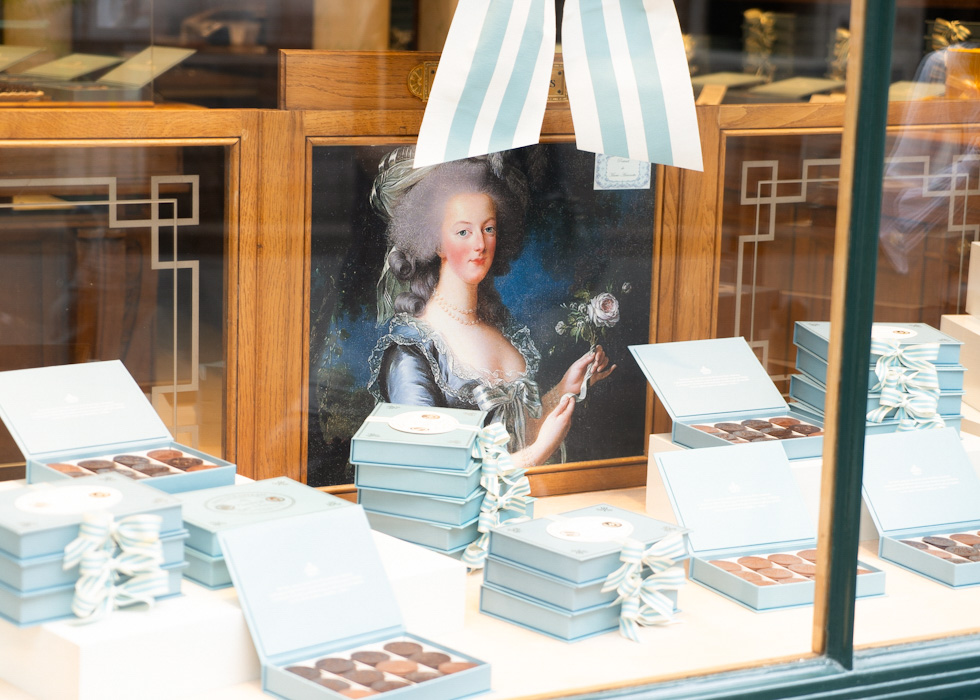
In 1779, Sulpice Debauve, pharmacist to King Louis XVI, was tasked with alleviating Queen Marie-Antoinette’s headaches. The Queen disliked the bitterness of her medicines, so Debauve, aware of her fondness for chocolate, ingeniously created a unique chocolate blend to mask the unpleasant taste. At the time, chocolate was a prized luxury, primarily consumed as a drink. Sulpice Debauve revolutionized its use by crafting the first solid, chewable chocolate. He molded his creations into coin-like shapes, which the Queen affectionately named Pistoles after the gold coins they resembled. Delighted by his innovation, Marie Antoinette inspired Debauve to develop an array of flavored Pistoles, further cementing her love for his chocolate. The immense success of these creations led to the founding of Debauve’s first chocolate boutique in 1800. Its exquisite offerings quickly attracted a distinguished clientele, including members of the French aristocracy and the Parisian bourgeoisie. Sulpice was later joined by his nephew, Antoine Gallais, and together they formed Debauve & Gallais in 1823. For more information about the brand, read our dedicated article.
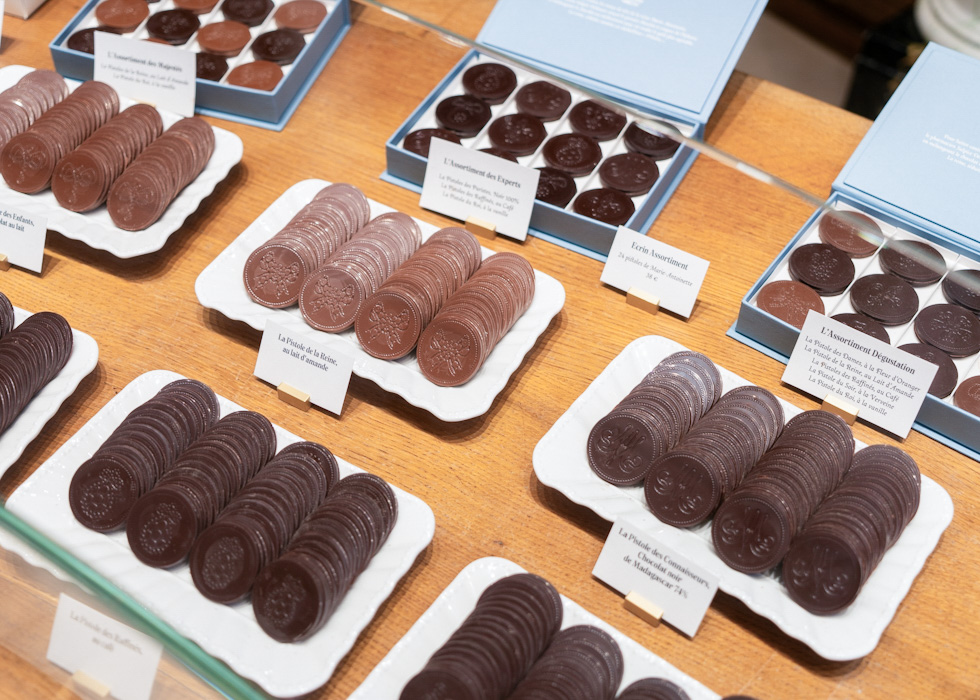
Address: 30 Rue des Saints-Pères, 75007 Paris
Transport: Metro line 4, Saint-Germain-des-Prés station
Opening hours: Monday - Friday from 9h30 to 19h, Saturday 10h30 - 19h, Sunday closed.
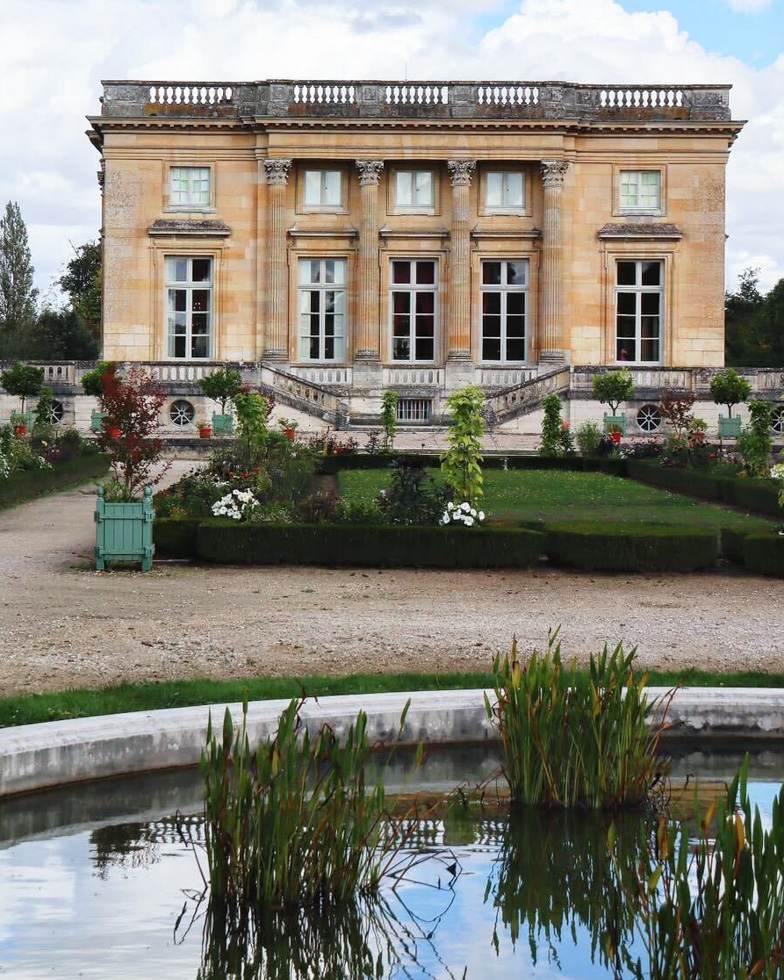
If Louis XIV was the initiator of Versailles, its soul remains forever tied to Marie-Antoinette, who created a lifestyle there that was both intimate and opulent. The Domaine de Marie-Antoinette comprises the Petit Trianon and the Queen’s Hamlet. Following the death of Louis XV, Louis XVI gifted Marie-Antoinette the Trianon estate. She became the first queen to own real estate and undertook extensive renovations. She also transformed much of Louis XV’s botanical garden into an Anglo-Chinese garden, a popular style of the time. Under Marie-Antoinette’s influence, the Trianon estate became a private haven where the queen sought refuge during the later years of her reign.
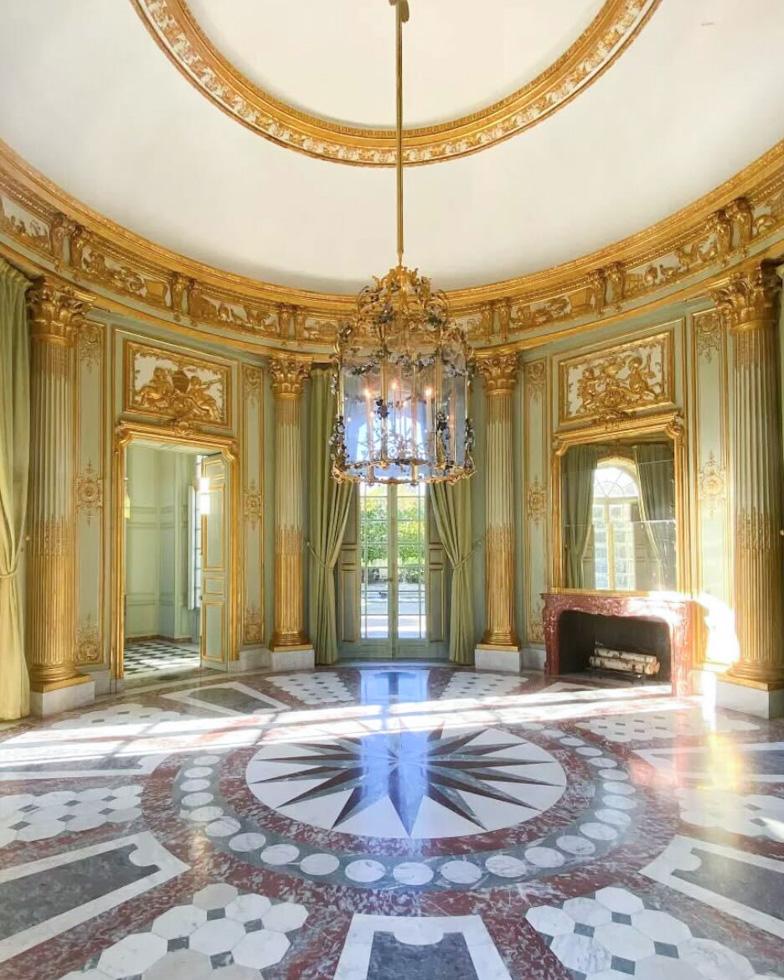
In 1783, Marie-Antoinette commissioned her architect, Richard Mique, to construct a stunning ensemble in a rustic architectural style: the Queen’s Hamlet. Completed in 1786 along an artificial pond, it served as a venue for receptions and leisurely strolls. This quaint rural village included decorative buildings, a mill, a boudoir, the Queen’s House, and functional farmhouses designed for agricultural use, which were also intended to have an educational purpose.
Address: Place d'Armes, 78000 Versailles
Transport: RER C, Versailles Château Rive Gauche station
Opening hours: Tuesday - Sunday from 9 a.m to 6.30 p.m
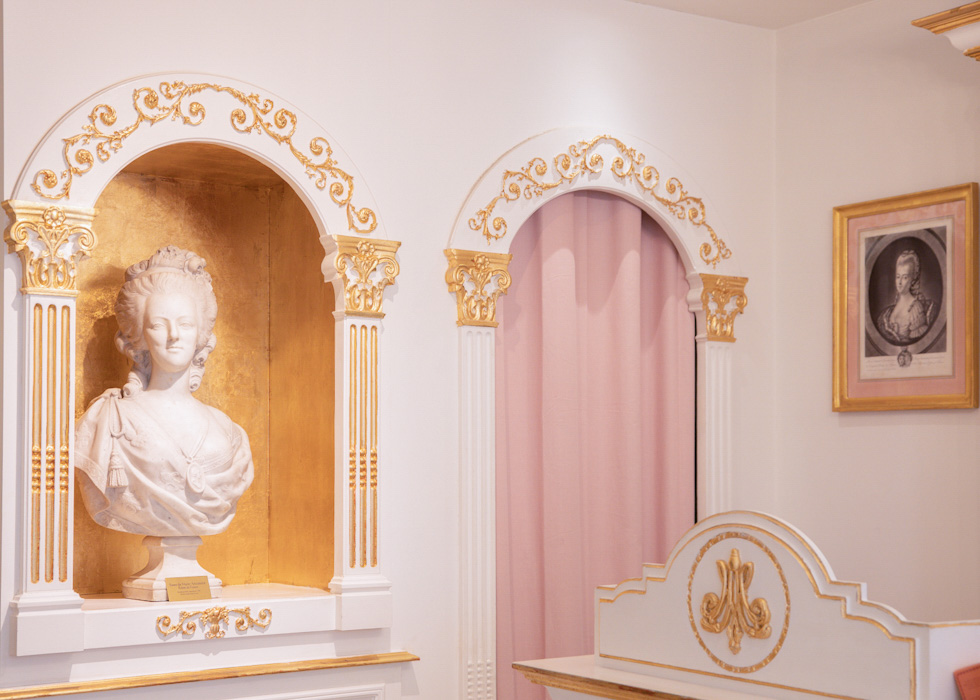
The history of this enterprise dates back to the 17th century when it was founded by Pierre Diaz, a passionate botanist. He established the Distillerie Frères to craft rare perfumes and precious essential oils. For many years, the Distillerie Frères supplied the prestigious Court of Versailles, earning a reputation for excellence in the art of blending fragrances.
One of its most iconic creations is the original formula of Marie-Antoinette Tea, a closely guarded secret since 1788. This exquisite blend combines freshly hand-picked apples with delicate rose petals. The house has also developed other creations inspired by Marie-Antoinette and her life, embodying her elegance and charm.
.jpg)
You can discover all of Nina’s products on the 6th floor of Galeries Lafayette (40, Boulevard Haussmann 75009 Paris), or visit the Tea Salon (29 Rue Danielle Casanova, 75001 Paris).
In 1783, King Louis XVI fell under the spell of the Domaine de Rambouillet. The estate had many advantages: located 50 km from Paris, it was neither too close nor too far from the capital, offering the king a tranquil retreat without being removed from state affairs. Additionally, the vast, game-rich forest provided an excellent hunting ground. However, Marie-Antoinette did not share the same enthusiasm for Rambouillet. For her, accustomed to the charm of Trianon, it was a dull place.
.jpg)
Hoping to win over the Queen and entice her to visit Rambouillet more often, Louis XVI secretly commissioned the construction of a luxurious laiterie d’agrément (a dairy designed for enjoying dairy products), which was unveiled to Marie-Antoinette and the court in 1787. The pavilion was built in the style of an ancient temple. The first room, shaped like a rotunda and crowned with a coffered dome ceiling, served as the space for tasting dairy products. Beyond a doorway lay the second room, known as the “cooling room,” where monumental rocks formed a grotto. In this grotto was placed Pierre Julien’s sculpture, Amalthea and the Goat of Jupiter. While strolling through the Rambouillet forest, you can easily envision the Queen and her dames de compagnie gracefully wandering amidst the serene beauty of the landscape.
.jpg)
Address: 78120 Rambouillet
Transport: Train from Montparnasse Railway Station to Rambouillet (30min), + 15minutes walk to reach the Castle
Opening hours: Wednesday - Monday, 10-12, 1:30 - 5p.m
The following locations, though somberly tied to Marie Antoinette, are significant as they mark the final chapters of her life. After being imprisoned in the Conciergerie, Marie Antoinette was taken to the Place de la Concorde, where she was executed. In 1793, she and King Louis XVI were buried in the graveyard of the Madeleine Cemetery.
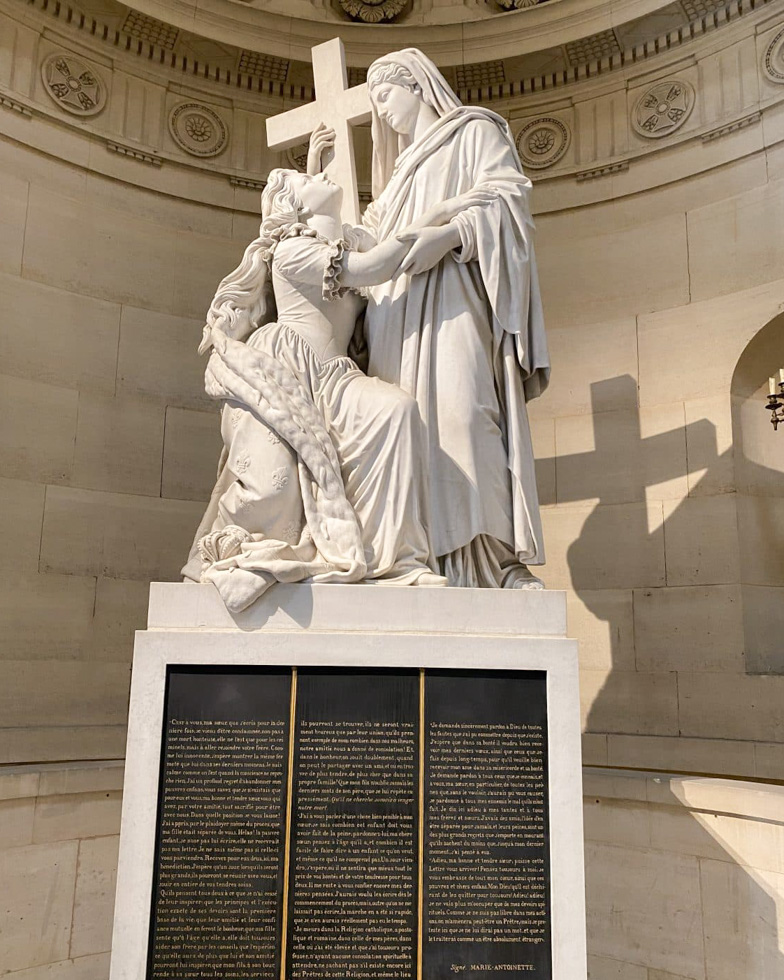
Following the Revolution, the remains of Louis XVI and Marie Antoinette were transferred to the Basilica of Saint-Denis on January 21, 1815, the anniversary of the King’s execution. A memorial, the Chapelle Expiatoire, was constructed between 1815 and 1826 on the site of the former revolutionary mass grave at the Madeleine Cemetery, where the royal couple had been interred after their deaths. Inside the Chapelle Expiatoire, visitors can view a poignant statue of Marie Antoinette kneeling before Religion, as well as her farewell letter to Madame Élisabeth, engraved in black marble.
Address: Chapelle Expiatoire, 29 Rue Pasquier
Transport: Saint-Augustin station (metro line 9), Gare Saint Lazare station (metro line 3, 12, 13, 14)
Opening hours: Wednesday - Saturday, 10-12:30, 13:30 - 17.
Last but not least, many museums feature paintings of Marie Antoinette or artifacts associated with her and her era. For example, at the Musée Carnavalet, dedicated to the history of Paris, you can admire a pair of shoes believed to have belonged to the Queen herself.
We hope this journey in the footsteps of Marie Antoinette inspires you to explore even more places connected to her legacy in Paris and its surroundings!
Photos and article: O'bon Paris Team